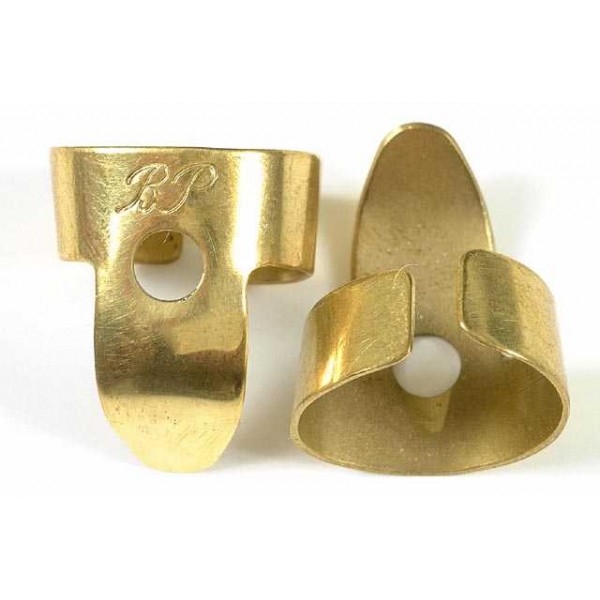← Return to Upper Body Tickling
Upper Body Tickle Tools
Fingertips are always reliable and will get great reactions from most ticklees. They can be applied in the softest or the most ruthless, ticklish ways. However, there are other options that are worth trying on your ticklee.
Feathers
An age-old favourite. Real feathers can be bought online cheaply and in a wide variety of style. Large, soft feathers such as peacock feathers are useful for covering large areas such as the belly, chest and sides in soft tickles when dragged slowly back and forth.
Stiff feathers, which are often smaller, will usually have a more definite point. This can be slowly dragged across ticklish spots, or quickly flickered across any particularly sensitive spots to great effect.
Feathers will often not get the strongest reaction out of a ticklee, but some ticklees absolutely adore being tickled with them. There is also something satisfying about making a ticklee laugh and squirm with only the skillful touch of a feather.
Wartenburg Wheel
Sometimes referred to as a pinwheel, the Wartenburg Wheel is a handheld instrument originally designed for medical purposes, with a small wheel with sharp pins that rotate as the wheel is rolled across the skin. The pins, although not as small as a needle, are genuinely sharp. For this reason applying pressure with a pinwheel will not tickle, it will only hurt.
When applied without pressure though, and allowed to roll back and forth across the skin without pressing into it, the Wartenburg Wheel can be extremely ticklish for some ticklees. Try it on spots like the ribs and sides, perhaps when the ticklee is hogtied. Be careful not to allow it to slip under the ticklee and be pressed into their body. Wartenburg wheels can be bought online for $15-30.
Banjo Picks
Long fingernails can be very effective tickling tools. For those of us who don't have them, packs of 10-12 banjo picks can be bought online or at music stores cheaply. Made of metal or plastic, they slip over the finger with the tips substituting for nails. Look for picks with rounded edges. Picks come in a variety of thicknesses and the thicker ones are less likely to scratch the skin of your ticklee.
Combined with baby oil to make the skin slippery, these are extremely effective.
Baby Oil
Baby oil is basically mineral oil with a light fragrance but is much easier to find than pure mineral oil. It makes the skin slippery allowing fingertips or other tools to glide across the skin easily. For many ticklees, this invokes extreme ticklishness and sensitivity. Combine this with fingertips or banjo picks for best effect - feathers will just get oily, and a Wartenburg wheel may not have enough friction against the skin to rotate, causing it to scratch rather than tickle.
I have found this to be the most effective substance for making ticklish spots slippery. Moisturising lotion and vaseline can also work, but this is better.
Mineral oil does not absorb into the skin so put a towel under your ticklee if you don't want this getting onto the surface underneath. Your ticklee may need a shower after your session to remove the oil from their skin.
A little goes a long way and brand does not matter at all, so you can buy the cheapest bottle you find. Use on broken skin (e.g. cuts, rashes) is not recommended.



